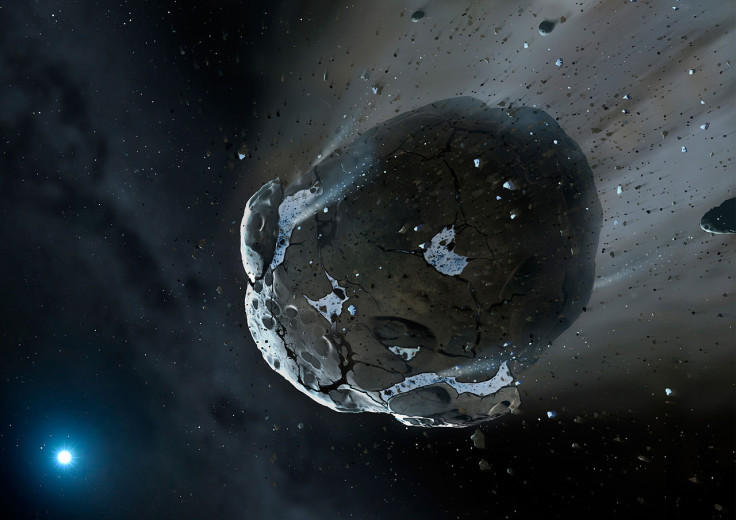Deadly dwarf star HIP 85605 heading straight for Earth – in 250,000 years

A death star is heading our way with the potential to bombard Earth with a torrent of comets.
Luckily, this is not going to happen for at least another 250,000 years, when mankind may well have been wiped out from over population, climate change, or artificial intelligence.
HIP 85605 is one of 14 dwarf stars heading towards our solar system. The star has a 90% chance of reaching our Oort cloud – a swarm of icy bodies located at least 5,000 astronomical units (AU) away – one AU is the distance from the Sun to Earth, or 93 million miles.
It will reach the edges of our solar system at some point between 240,000 and 470,000 years from now.
Published in the journal Astronomy & Astrophysics, researchers say there are 14 wandering stars that will come within three light years (about 18 trillion miles) from Earth at some point in the future.
"The closest encounter appears to be Hip 85605, a K or M star, which has a 90% probability of coming between 0.04 and 0.20 parsecs [8,000 AU] between 240,000 and 470,000 years from now (90% Bayesian confidence interval)," the study said.
"However, its astrometry may be incorrect, in which case the closest encounter found is the K7 dwarf GL 710, which has a 90% probability of coming within 0.10-0.44 pc in about 1.3 million years."
According to New Scientist, if the dwarf star does come in range of the Oort cloud in a quarter of a million years, it would send the comets there hurtling towards us.
Coryn Bailer-Jones of the Max Planck Institute for Astronomy in Heidelberg, Germany, said: "I think we can safely predict that comet orbits would indeed be disrupted by the closest encounters."
Swinburn University astrophysicist Alan Duffy also told Australia's Herald Sun this would be the biggest danger: "Objects hardly ever meet in space — the distances are so huge — but the gravitational influence of a star is enormous, even something a light-year away can rattle the loosely held Oort Cloud objects. But there's no doubt that nearby stars in the past have nudged Oort objects into falling towards the inner solar system."
However, he also noted that Earth is a fairly small target in terms of our solar system. So - even if mankind has already been wiped out - the planet should be alright.
"A much bigger target is the gas giant Jupiter with an enormous gravitational pull that attracts the comets and 'cleans' up the Solar System. Yet even Jupiter is tiny on that scale so it's much more likely that any comets that tumble in towards us will just pass harmlessly by."
© Copyright IBTimes 2025. All rights reserved.






















